Select an Orthopaedic Specialty and Learn More
Use our specialty filter and search function to find information about specific orthopaedic conditions, treatments, anatomy, and more, quickly and easily.
GET THE HURT! APP FOR FREE INJURY ADVICE IN MINUTES
Shoreline Orthopaedics and the HURT! app have partnered to give you virtual access to a network of orthopaedic specialists, ready to offer guidance for injuries and ongoing bone or joint problems, 24/7/365.
Browse Specialties
-
- Minimally Invasive Surgery (Arthroscopy)
Arthroscopy (Minimally Invasive Surgery)
Arthroscopy is a minimally invasive surgical procedure used by orthopaedic surgeons to visualize, diagnose, and treat problems inside the joint. Because it requires only tiny incisions, arthroscopy can be performed without a major, invasive operation and many procedures can be done on an outpatient basis.
More Info -
- Foot & Ankle
- Joint Disorders
Bunions
A bunion is a bump on the MTP joint, on the inner border of the foot. Bunions are made of bone and soft tissue, covered by skin that may be red and tender. Prolonged wearing of poorly fitting shoes is by far the most common cause of bunions, especially styles that feature a narrow, pointed toe box that squeezes the toes into an unnatural position. Bunions also have a strong genetic component.
More Info -
- Foot & Ankle
Cavovarus Foot Deformity
The term “cavovarus” refers to a foot with an arch that is higher than normal, and that turns in at the heel. Weakness in the peroneal muscles and sometimes the small muscles in the foot are often the cause of a cavovarus foot deformity. As the deformity worsens, there can be increasing pain at the ankle due to recurrent sprains, painful calluses at the side of the foot or base of the toes, or difficulty with shoe wear.
More Info -
- Fractures, Sprains & Strains
- Knee
- Ligament Disorders
- Sports Medicine
Combined Knee Ligament Injuries
Because the knee joint relies just on ligaments and surrounding muscles for stability, it is easily injured. Direct contact to the knee or hard muscle contraction, such as changing direction rapidly while running, can injure a knee ligament. It is possible to injure two or more ligaments at the same time. Multiple injuries can have serious complications, such as disrupting blood supply to the leg or affecting nerves that supply the limb’s muscles.
More Info -
- Muscle Disorders
- Sports Medicine
Contusions or Bruises
Muscle contusions, or bruises, are second only to strains as a leading cause of sports injuries. Most contusions are minor and heal quickly, without requiring the athlete to be removed from the game. However, severe contusions can cause deep tissue damage, which may lead to complications and/or keep the athlete out of sports for months.
More Info -
- Fractures, Sprains & Strains
- Hand & Wrist
Finger Fracture
When just one finger bone is fractured, it can cause the entire hand to be out of alignment, making use of your hand difficult and painful. Without proper treatment, that stiffness and pain may become permanent. In addition to pain, common symptoms of a fractured finger may include swelling, tenderness, bruising, or a deformed appearance or inability to move the injured finger.
More Info -
- Hip
- Joint Disorders
- Physical Medicine & Rehabilitation (PM&R)
Hip Bursitis (Trochanteric Pain Syndrome)
Hip bursitis is typically the result of inflammation and irritation in one of two major bursae in the hip. One covers the bony point of the hip bone (greater trochanter). Inflammation of this bursa is known as trochanteric bursitis.
More Info -
- Arthritis
- Physical Medicine & Rehabilitation (PM&R)
- Shoulder
Shoulder Arthritis
Over time, the shoulder joint frequently becomes arthritic, with bone spur formation and loss of cartilage between the bones. This can cause pain in the top of the shoulder with overhead movement or reaching across the body. It can also cause tenderness or pain with pressure, such as from a back pack or bra strap.
More Info




